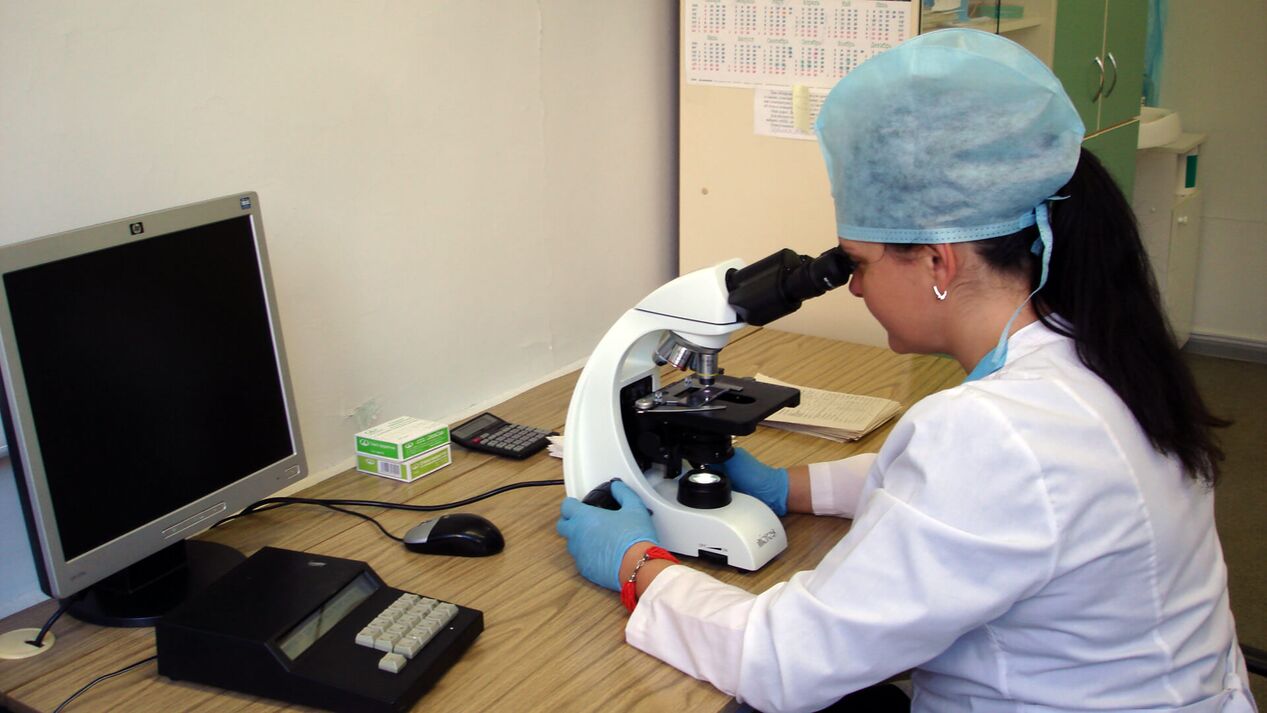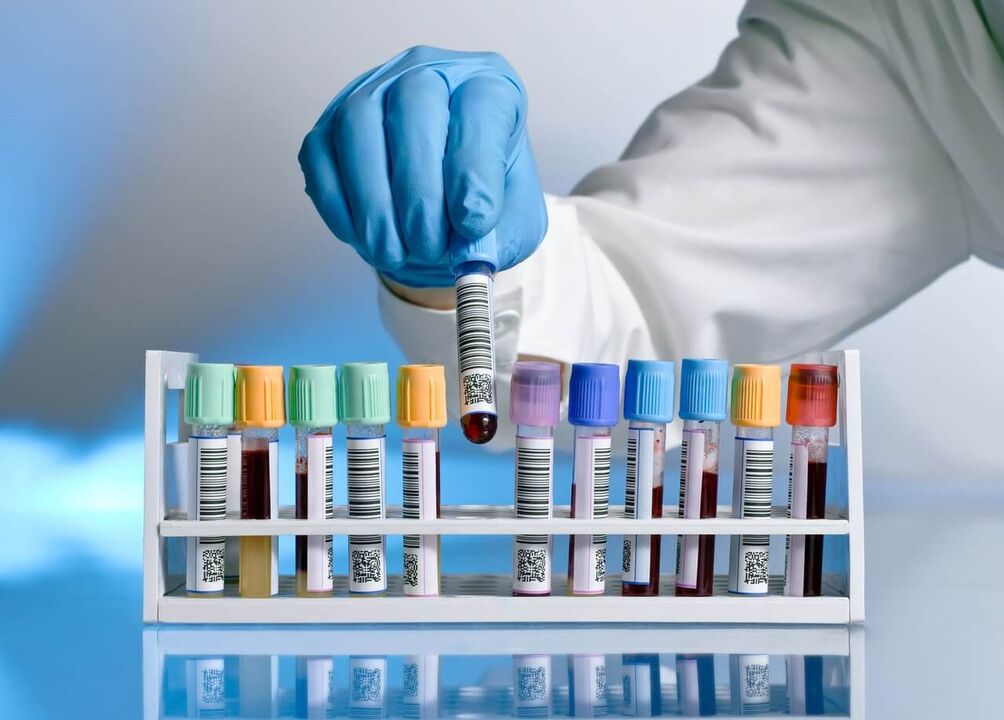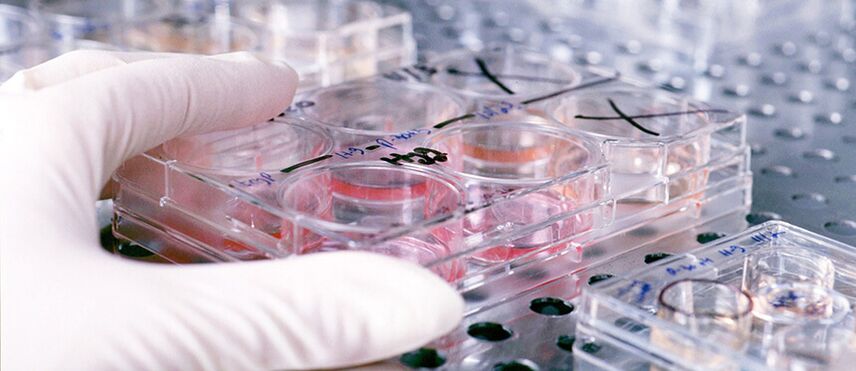
Discharge from the penis of a man can tell about his male health, the presence of diseases of the genitourinary system. Often, discharge is the only symptom or one of the symptoms of a serious illness, so you need to be extra careful about them, watching for changes in color, smell, consistency, etc. v.
Male genital discharge refers to all discharge from the urethra, sebaceous glands and skin, prostate gland, and ejaculatory ducts. Depending on the nature of their appearance, they are divided into physiological and pathological. The latter appears due to the development of infectious, inflammatory or other diseases of the prostate gland, bladder or other organ of the genitourinary system.
Everything is normal: physiological discharge
There are three types of physiological discharge that, to one degree or another, are secreted from the penis and do not indicate the presence of disease:
- increased urethral secretion;
- smear;
- sperm
increased urinary tract
In most cases, the obvious discharge in men is physiological urethral or vaginal hyperemia. This is a clear colored discharge from the urethra. A discharge from the urethra, usually at the time of irritation. The purpose of the secret is to lubricate the ducts before the sperm passes through.
The amount of urethral excretion may be negligible or substantial. It depends on the period of menopause, as well as the individual characteristics of the man. After a long period of abstinence from sex, along with an increase in urethral discharge, a small amount of sperm may be released and the color will change.

It is worth noting that in case the discharge is more than usual, it is necessary to consult a doctor, since such a phenomenon may indicate the development of the disease.
Smegma
Smegma, also known as pre-sex lubrication, is secreted by glands located on the foreskin. The purpose of the secret is to reduce the friction between the tip of the penis and the foreskin. Smegma is constantly being released. At puberty it can be more, with old age - less.
Smegma is made up of fats and bacteria. It accumulates under the inner leaf of the foreskin. According to the daily cleaning process, the secret will be easily washed away. Otherwise, its accumulation is an excellent environment for the growth of bacteria, leading to the inflammatory process. If grease is not washed off in time (it is recommended to do this at least once a day), then the grease will begin to decompose and rot. From there, it changes color from transparent white to yellow or green. The offensive smell of.
Sperm
Sperm are physiological secretions from the male reproductive organs. Usually semen is a mixture of gonads and sperm, released during sex or masturbation. Although men also have to deal with the involuntary ejection of sperm that is known as dream sperm. Usually they occur in teenage boys, during puberty, or in prolonged abstinence. Incontinence occurs at night or early in the morning, as it is related to the production of testosterone.
Natural male discharge also includes urine, the color of which can be clear, yellow or light brown, and secretions of the prostate gland. The characteristic smell of sperm will help distinguish the prostate. The discharge is thick and slightly white in color. A change in the amount of discharge, its color and odor, as well as the appearance of cloudiness or mucus can be the first symptom of prostatitis or cancer.
Discharge from hospital
The causes of pathological secretions can be very different. Including:
- inflammatory processes, including those caused by conditionally pathogenic flora;
- cancer;
- STDs;
- consequences of activity or injury.
In addition, pathological discharges vary in color. They can be white, gray, yellow, brown, etc. v. Also, there may be blood or pus. The nature of discharges can be scarce or abundant, they can be distributed continuously or periodically, for example, in the morning or after going to the toilet, etc. v.

Different diseases often have the same discharge, but at the same time the same disease can manifest in different representatives of the male sex in different ways. It is not possible to self-diagnose the disease by secretions. If you notice any change in color, abundance, odor or presence of a mixture of mucus, blood or pus, you should definitely visit your doctor and conduct the necessary studies.
Penile discharge associated with STDs
Sexually transmitted diseases are often accompanied by:
- Clear, viscous mucus secretion. Most often, their small number indicates the presence of mycoplasmal or ureaplasmic urethritis, or the development of chronic chlamydia. Microscopy revealed a moderate leukocyte count.
- Clear or white mucus discharge occurs with mycoplasmosis or ureaplasmosis. They can also be accompanied by chlamydia. In this case, the discharge sticks to the tip of the penis.
- Purulent discharge in men indicates gonorrhea. They can be brown, yellow or green, have an unpleasant rotten odor, and are very thick. They also contain an increased number of leukocytes and microscopic granules of the epithelium. The degree of abundance depends on the stage of disease development. Other symptoms of gonorrhea are itching and burning, which increases after going to the bathroom, and pain and discomfort in the genital area.
A feature of sexually transmitted diseases is that several infections become their causative agent at the same time. In this case, the course of the disease, as well as the nature and amount of discharge, can vary considerably, so the diagnosis cannot be made without clinical studies from discharge.
Self-diagnosis and self-treatment of sexually transmitted diseases with antibiotics leads to the fact that the symptoms of the disease disappear, but the cause remains. After completing the course of treatment, the disease attacks with renewed vigor, so you should not start to get sick and self-medicate. The appointment of effective treatment depends on the correct diagnosis. And it is not possible to set it, based only on the nature of the discharge.
Discharge associated with non-venereal inflammation
In the body of each person, the so-called conditionally pathogenic flora regularly exists, for example, Candida, E. coli, streptococci and others. Usually, it does not produce sensations on its own, but under certain conditions (hypothermia, stress, weakened immune system) it can provoke an inflammatory process.

Diseases of the genitourinary system, the causative agent of which is the flora itself, are also accompanied by discharge:
- Mucus discharge often accompanies non-gonococcal urethritis (urethritis). Their characteristic feature is a slight profusion, which can increase between major interruptions in urination. The disease is not characterized by other symptoms (pain, itching), or they are very weakly expressed.
- Balanoposthitis is accompanied by a thick mucus secretion of yellow or green color, sometimes purulent. Symptoms of balanitis are intense redness and swelling, as well as pain and redness of the tip of the penis.
- Manifestations of prostatitis are characterized by cloudy discharge after urinating. In the period of the disease in the acute form, the discharge is profuse, when it turns into the chronic form, it turns white and decreases in quantity.
- Candidiasis or thrush caused by the fungus Candida is accompanied by a thick discharge with a characteristic sour odor. The foreskin and foreskin are red, swollen, and may be painful or itchy. Candidiasis is caused by the use of antibiotics, chemotherapy or radiotherapy, as well as other factors that weaken the immune system.
- Mycosis of the urethra occurs due to a violation of the microflora (dysbacteriosis) and is accompanied by meager secretions of yellow or green color with a characteristic fishy odor.
Elimination is not related to the inflammatory process
Excretion without inflammatory processes is extremely rare in men. The cause of such discharge is mechanical damage, diseases of the nervous system, cancer, etc. v.
- Increased spermatogenesis - sperm flow on their own. The appearance of such discharge is not related to sex or masturbation. The flow of semen is not accompanied by orgasm. The cause of this phenomenon is often neurological diseases, as well as spinal injuries. The vas deferens lose tone and ability to hold sperm.
- Hematuria is bleeding from the urethra. Hypersecretion occurs due to mechanical damage to the urethra during smear collection, instrument examination, urinary catheterization, etc. v. Also, bleeding after urinating could be a sign of a kidney stone, a tumor, or another serious condition.
- Prostate - secretion of the prostate gland. Prostate bleeding is caused by dilatation of the excretory duct muscles of the prostate gland. A similar phenomenon often accompanies prostatitis or adenoma.
- Brown discharge with or without mucus could be a sign of prostate, bladder, penis, or urethral cancer. The discharge may contain blood clots or pus.
Examination to help determine the cause of the discharge
The appearance of pathological exudates can be associated with various diseases. Only a qualified doctor can determine the actual cause of the discharge and prescribe the correct treatment.
A patient complaining of discharge from the penis needs to undergo a series of studies that will help determine the cause of their appearance. A doctor's exam begins with a detailed examination of the genital area for rashes, redness, and other visible symptoms. Usually, discharge is still on the underwear, which the doctor will also carefully examine.

One of the mandatory examination stages is palpation. The doctor checks to see if they are increased, if they are still mobile, if there is pain when pressed, etc. v.
The doctor also checks the nature of the discharge immediately and after 2-3 hours (patients in this stage must hold their urine). Diseases of the prostate gland (adenoma, prostatitis, or tumor) help identify when the prostate is palpable. In the normal state, both lobes of the prostate are the same size, in disease one lobe is larger than the other.
The following clinical studies also help determine the cause of the discharge:
- general blood analysis;
- detailed urinalysis;
- blood sugar test (done in the morning on an empty stomach);
- stains from the urethra;
- urethral discharge culture.
In the case of infectious diseases, the smear plays an important role in the diagnosis. This study allows not only to identify the causative agent but also to prescribe the disease, its course, etc. v. The presence of an inflammatory process associated with infection is indicated by an increased number of leukocytes. Consider no more than 4 leukocytes in the field of view.
In order for the smear to give the most truthful information about the patient's health condition, preparation for the sampling process must be prepared. Before taking the ointment, you must not urinate for at least 2 hours, as well as perform water procedures. In addition, for three days, it is necessary to stop local treatment with antibiotics or other drugs. Treatment with oral or injectable antibiotics must be completed 2 weeks prior to the study.
If a male discharge has a strong odor or observes other symptoms of the disease, the doctor may prescribe:
- Ultrasound of the kidneys, bladder or prostate;
- Computerized tomography;
- urogram.
A doctor can only diagnose cancer after the biopsy results are available.
If a patient seeks assistance in spotting multiple stains, he or she will be hospitalized immediately. In other cases, treatment is done after the cause of the discharge is identified.
Discharge from the male genitalia can be a symptom of a dangerous disease. But remember that only a doctor can determine the cause of this unpleasant phenomenon during an individual examination and study. Self-medication only aggravates the problem and can lead to the development of complications. If you are worried about your male health, if you have an unusual discharge, do not delay seeing a urologist.
















































































